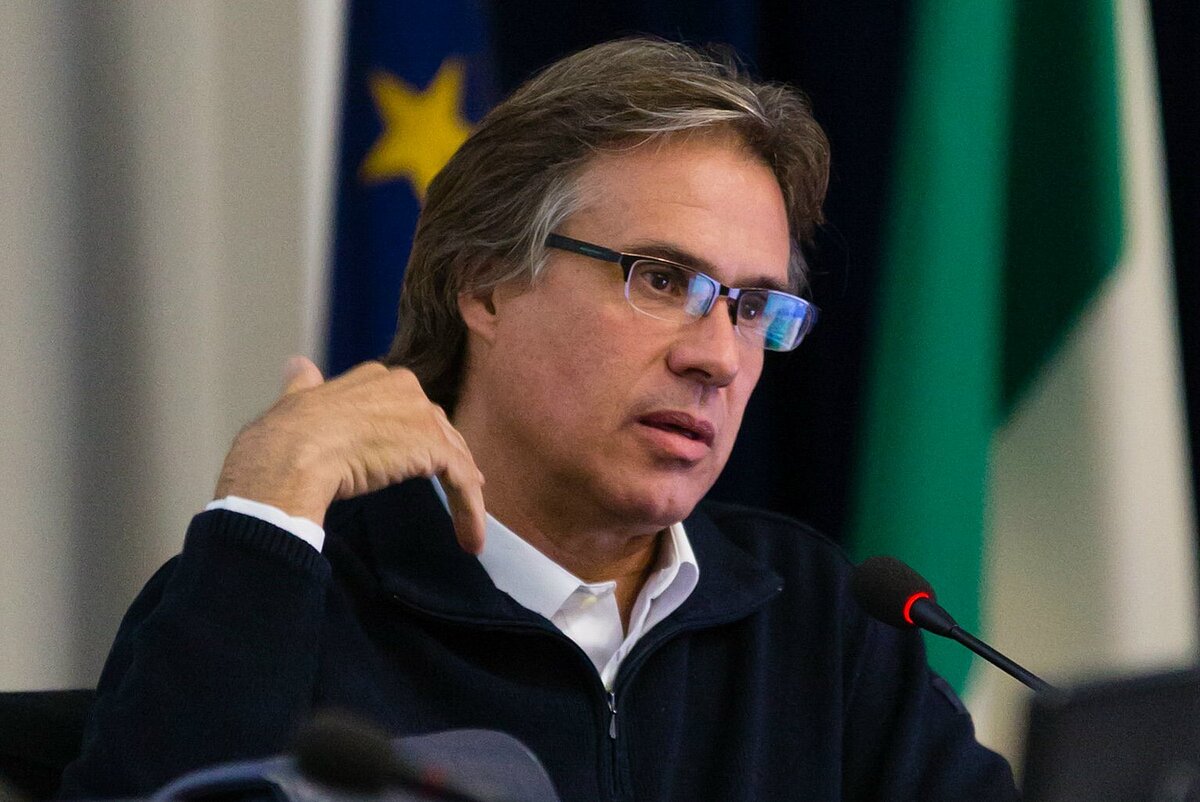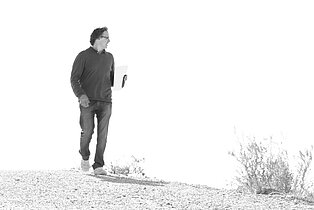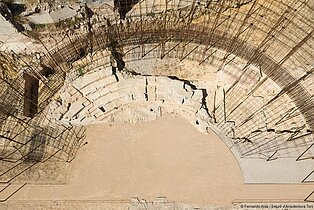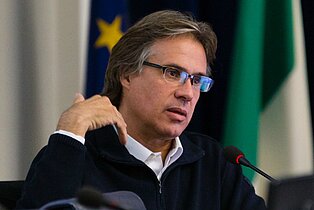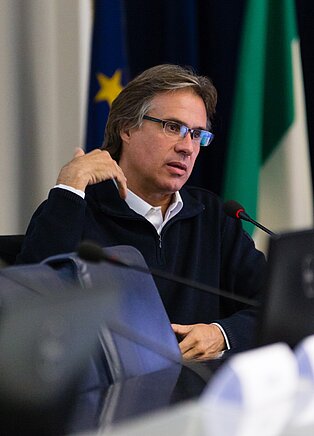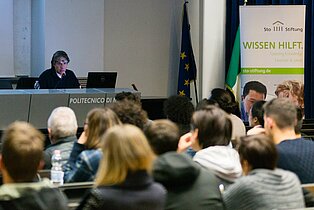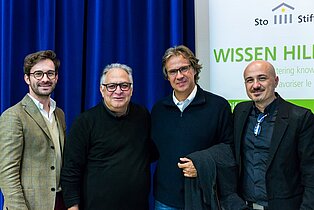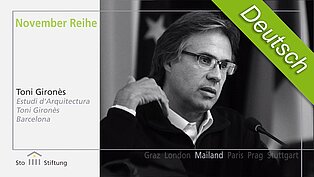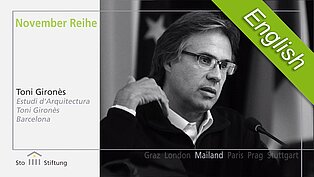Review | Toni Girones at the November Conferences 2018 in Milan
Catalonian architect Toni Gironés Saderra was the third guests of this year’s November Conferences in Milan. The lecture, entitled “topographies in time: the experience of architecture”, began explaining the keyword at the base of his architectural view, “habitability”. For Gironés, the architecture is the space that lies between man and the place he has chosen to live in. For this reason, Gironés pointed out how the achievement of the maximum level of habitability should be the goal of any building, every time different and adaptable to its environment, materials and users’ needs. His works, realised all around Spain and exhibited at the 15th International Architecture Show at Biennale di Venezia “Reporting from the Front”, featuring a suspended cloud made by white translucent panels that moves based on visitors’ body temperature, highlight every time the thin balance between natural and anthropic elements. The lecture was all about the evolution of time and the coexistence between archaeological sites and the contemporary city, made by warehouses, agricultural field and new infrastructures.
The ancient Roman city of Iesso, found in the subsoil of the modern town of Guissona, was the first design displayed in the evening. The excavation of the site has been used to create lamination surfaces with the objective to preserve the old urban streets from floods while providing a better understanding of the old baths and natatio, here described by canopies that go from brown to white to give a variation in the disposition scheme. The interpretation of the different elements used typical materials coming from the archaeologists and the farmer of the surrounded areas, as a way to host the spontaneity of life while awaiting future archaeological campaigns.
“When designing, we try to understand the site and its conditions in the most objective possible way, thus interpreting architecture as a frame in which the user interacts with the environment and adapts it to their needs.” With this meaning, in the natural setting of Turons de les Tres Creus, Gironés built a sort of natural viewpoint on the ruins of an important settlement prior to the construction of Via Augusta. The intervention was a backfill of the Roman traces, improving the understanding of the Roman walls and highlighting the container with gabion walls designed by superimposed steel meshes to contain and underline the pre-existence and the new elements.
The same idea of fragmentation has been pursued by Gironés for the theatre of Tarraco, where he designed a sort of Tresoldi structure made completely out of steel wires which create impact and engage people to come and have a walk inside the ephemeral space. In the contemporary theatre, time is used to build a futuristic scene that relates to its past, giving the idea to be in the same space but in a different time.
The capability of Gironés resides in his pure respect of the past and the use of raw materials orchestrated every time to promote ever-changing experiences. Through the physical properties of materials and their use on site, Gironés envision these contemporary landscapes made by history, the industrial reality and the surrounding naturalscape.
In 2002 and 2003, the archaeological prospection and excavation near the historic centre of Vilassar de Dalt unveiled two adjacent ovens probably dated to the late Roman period. Gironés created a museum space to cover the historical findings sheltered by a big terrace overlooking the park and the sea. Three large cylindrical skylights above each oven give a glimpse of them from the terrace. Outside, a rectilinear wall of gabions filled with white and orange granite stone blocks is used as entrance, featuring on each side openings to promote natural ventilation. On the central panel, a mirrored door made by polished reflecting metal stand out from the stone wall. From the interior, the chamber is hermetic, a sacred space that protects the site from banality. Outside, it generously reveals its beauty contents to the occasional visitor that passes by.
Gironés was claimed by the audience for his inspiring lecture, very personal and devoted to a holistic approach that mix past, present and future by working with raw materials, elegant wireframe structures and the environmental elements of the site.
Interview with Toni Girones
Find the Video-Interview on our YouTube-Channel.


